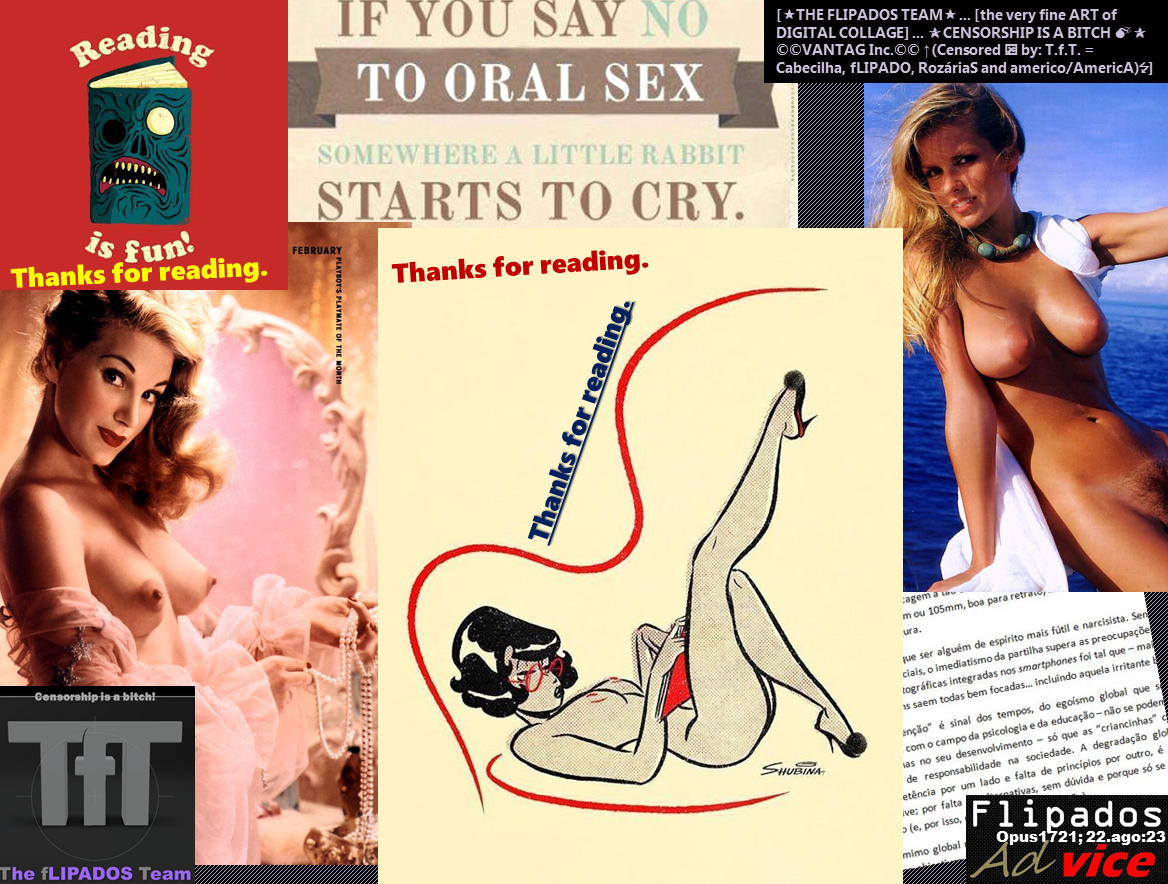Art Market
How Do Galleries Choose Artists to Represent?
Justin Kamp
Of all the insular, opaque dealings that make the art world go round, the way artists secure gallery representation—how they begin showing with a gallery long-term—is perhaps one of the least understood. For many an art school graduate, the path towards signing with a gallery can appear to be a complex tangle, one that can seem to be reliant as much upon luck and personal connections as it is upon the actual works of art. To better understand this core tenet of the art world, Artsy spoke with a number of gallerists who shed some light on how they approach finding and signing artists.
The first step towards gallery representation may be obvious, but it can also be one of the more puzzling parts of the process: making first contact. The most reliable method for this, according to nearly all of the gallerists Artsy spoke to, is through a personal introduction or recommendation.
“We tend to meet most of our artists really organically,” said Jenna Ferrey, owner and director of New York–based Trotter&Sholer, a newer space that shows a mixture of emerging and mid-career artists. “Most of our artists we have met through artists we already know and love or through open studio visits. When someone is recommended to us, or we come across work that we like, we will take some time to look at their Instagram and website and to discuss their work as a team in the gallery.”
Beatrice Masi, the founder of the nomadic-model Spaceless Gallery, echoed this sentiment, stating that she has not found much success with open calls or random submissions. “Most of the time it’s been either introductions that I’ve had through collectors or artists that I’ve heard of that were discovered at museum shows,” Masi said. She, like Ferrey, said that she also has had success through Instagram and studio visits, but reiterated that she is usually the one to initiate the approach, rather than the other way around.
After that all-important point of initial contact, conversations can naturally go any number of ways. There’s little in the way of hard-and-fast rules at this stage, as nurturing that initial connection into a well-developed partnership can be a complex and time-consuming task.
The gallerist Aimee Friberg, founder of San Francisco and Oakland-based CULT Aimee Friberg, compared the process to dating. “We really want to understand: What is the authentic nature of the artist?” she said. “And are the artist and gallery aligned in our goals?”
The criteria for this sort of successful alignment varies from gallerist to gallerist. For Friberg, who shows a range of artists and mediums including painting, sculpture, and more, a fruitful partnership requires both admirable artistic qualities like rigor and experimentation, as well as more intangible character qualities. “We look for artists that are both serious about their practice, and also have a sense of levity and humor about it,” Friberg said. “We also are on the lookout for artists who are good team players and who know what they want, can define what success means to them…and kindness goes a long way.”
Lonnie Lee, curator and director at New York’s Vessel Gallery, has a similarly amorphous approach, describing her process as an “initial gut feeling” of curiosity that slowly develops into a multifaceted understanding that encompasses everything from economic to artistic philosophies and beyond. This is reflected in her program, which exhibits a hearty mix of artistic disciplines.
“Do we act as identifiers of which artworks will sell?” Lee said. “Yes, but I wouldn’t say that is the first determinant when looking at artists to work with. I am looking for so much more than that, because identifying compelling artworks by great artists is key, and honestly the sale and collection of works naturally follow due to the output by the artist and gallery.”
Despite how idiosyncratic this part of securing representation may seem, there are still a few practices that gallerists recommend artists stick to. Having easily accessible, high-resolution images of work is a big one, according to Ferrey. “When they know the importance of, and how to take, high res photos of their work, when they have strategies for promoting their work alongside gallery promotion, and when they are really well organized, it helps to make things run smoothly,” Ferrey said. “And gives us the time to really promote the work and put our best collective foot forward.”
To test out potential partnerships, galleries will often curate a prospective artist’s work into a group show or, occasionally, their very own solo show before signing contracts. This, too, can be a proving ground of sorts—not only for building a deeper understanding of how an artist responds to the demands of putting on a show, but also to see how the artist engages socially with the gallery’s larger community. Masi, from Spaceless, pointed out that these sorts of shows are just as often for the artist’s sake, as well.
Lara Porzak, installation view of “IN(SIGHT)” at Leclaireur Los Angeles, 2021. Photo by sacstudios. Courtesy of Spaceless Gallery.
“My perception is that artists sometimes have a conception that when you sign with a gallery, they are ‘owned’ by the gallery, and then they feel like they can’t venture into new things, explore new places, work with new people,” Masi said. “And so kind of having a contract that’s more open and having a less exclusive relationship with them will help them to gain trust in how I work.”
If it’s a good match after the trial period, then, finally, comes representation. The details here, too, are variable, and largely vague, in fitting with the general theme of the process at large. Contracts are signed, workable arrangements are made, and then, the artist gets back to that all-important work of art—now perhaps a bit more secure in the knowledge that they no longer have to handle everything alone. “Ultimately, the artist wants to have time to create,” Masi said. “And that’s why galleries are important—that’s why they can rely on us, and what we have to offer them.”






















